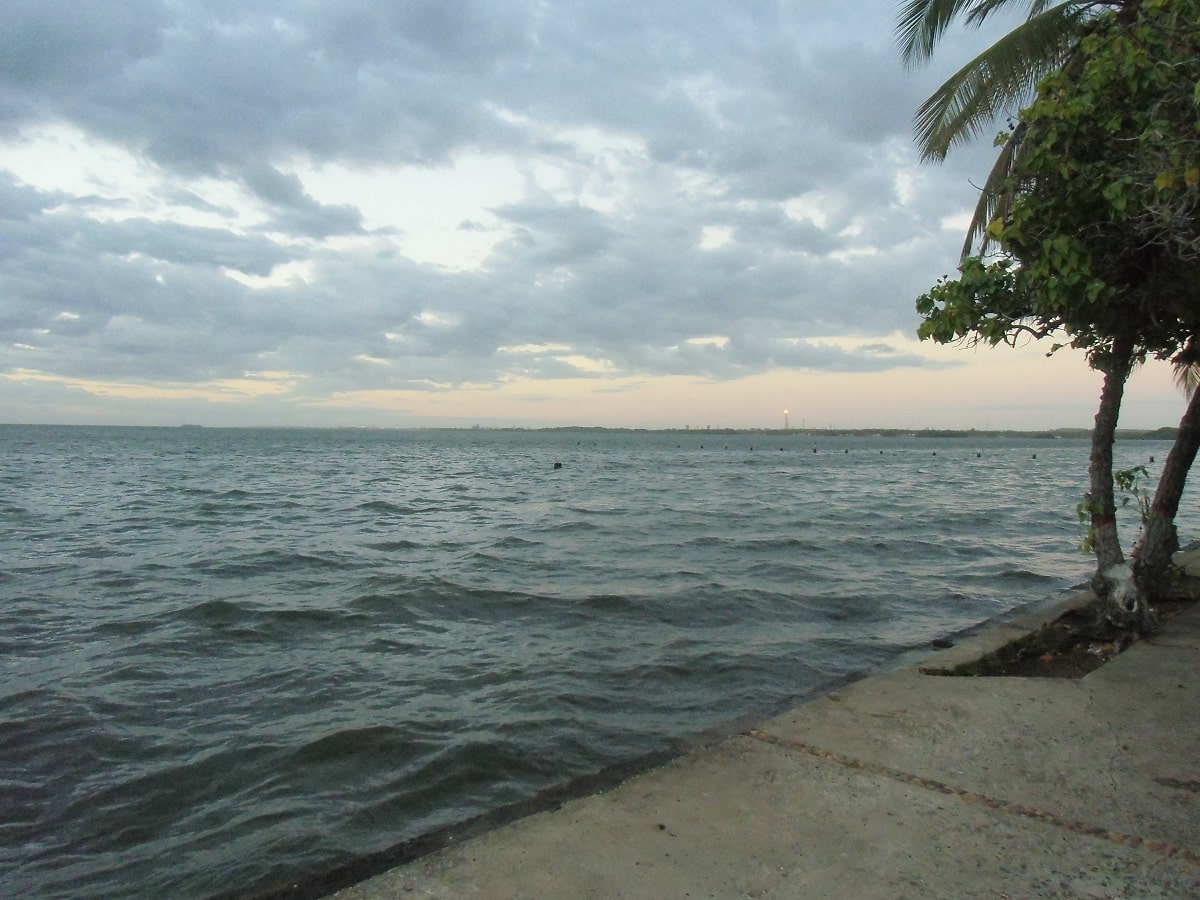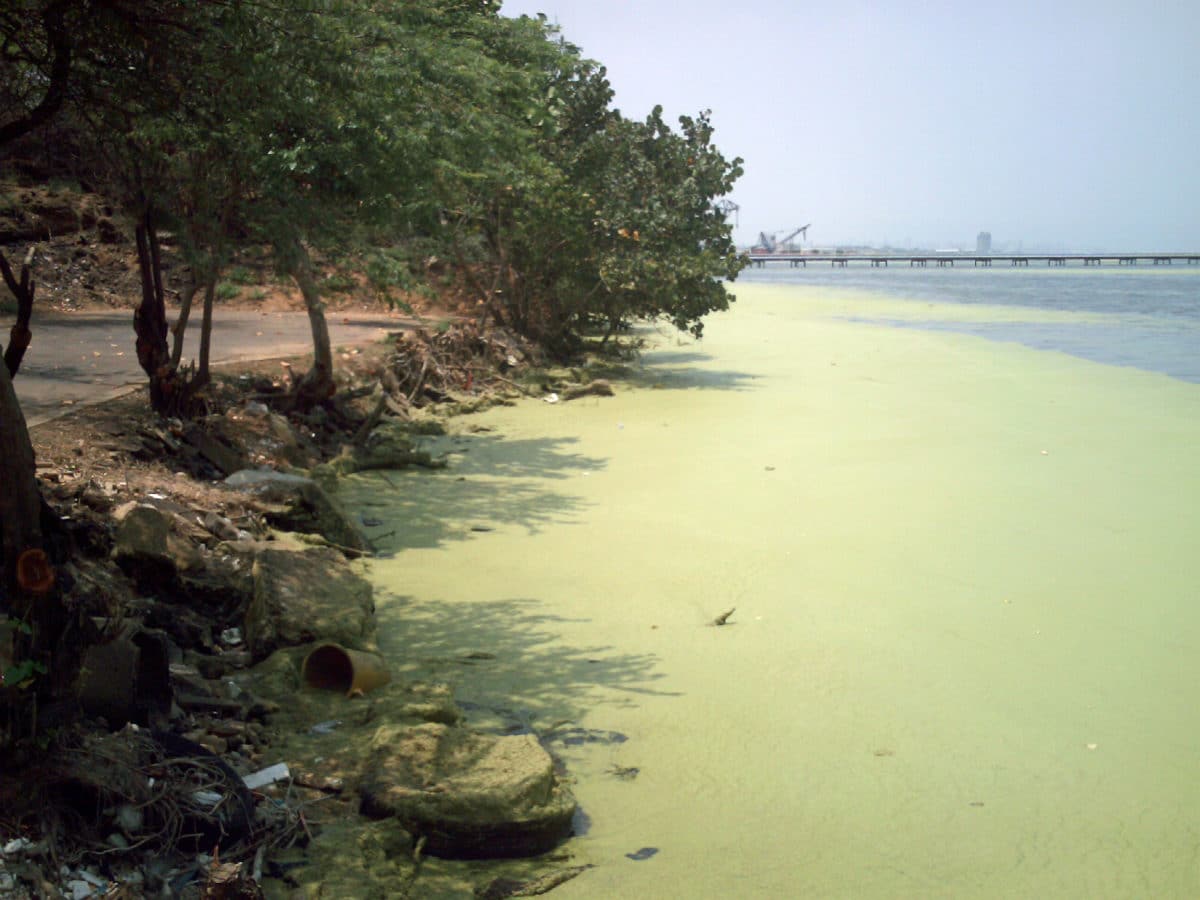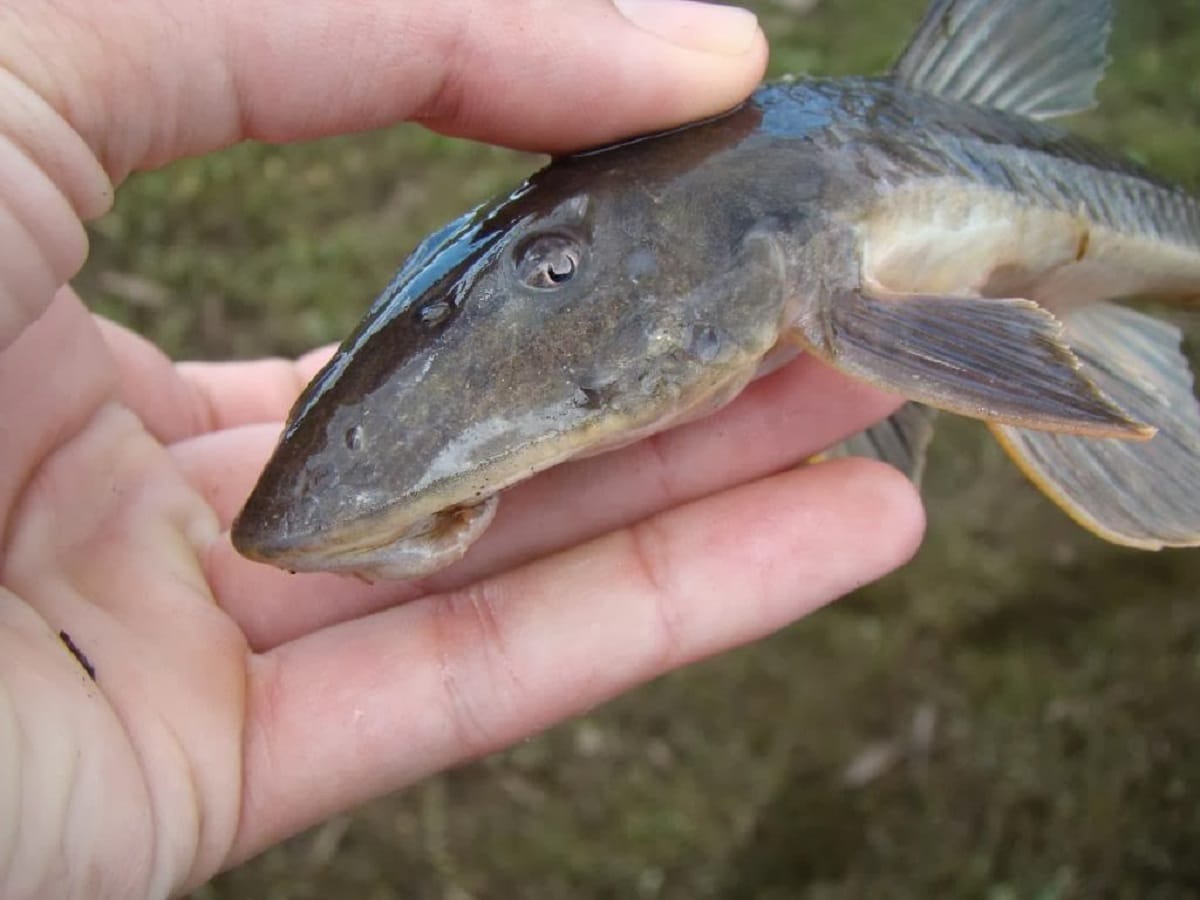
El Lake Maracaibo It is the largest representative of the Zulia region, located in western Venezuela, the largest lake in Latin America and one of the largest lakes in the world. It has quite remarkable characteristics and importance, so it is worth knowing about it.
For this reason, we are going to dedicate this article to telling you about the characteristics, geology, flora and fauna of Lake Maracaibo.
Key features

Lake Maracaibo is endowed with a series of characteristics that distinguish it from other lakes in the world, and perhaps in this sense its greatest characteristic is that it is the only lake directly related to the ocean. Especially in its north, ocean tides occur in brackish waters, although it receives freshwater discharges.
To visit the characteristics of Lake Maracaibo, we can highlight the following points:
- It is located in three states of the Venezuelan territory: Zulia, Trujillo and Merida.
- It is considered a large semi-enclosed saltwater bay.
- It has an estimated area of 13.820 square kilometers, a depth of 46 meters, an elevation of 3 meters and a coastline of 728 kilometers.
- During the rainy season, the lake has a maximum extension of 110 kilometers, a length of 160 kilometers and a depth of 50 meters.
- It is the largest lake in Latin America and is about 36 years old.
- It meets the Gulf of Venezuela through a narrow territory of about 55 kilometers.
- It is fed by several rivers, the largest of which is the Catatumbo, which rises in Colombia, but also has the following tributaries: Chama, Escalante, Santa Ana, Apon, Motatan, Palmar, etc.
- It has significant oil reserves in its basins and has drilled more than 15.000 wells since 1914.
- There is a beautiful spectacle in this lake, called Catatumbo Lightning, where about 1.176.000 lightning strikes occur in a year and are invaluable in replenishing all of the Earth's atmospheric ozone layer (known as Coquivacoa by the aborigines).
Climate of Lake Maracaibo

The climate in the area around Lake Maracaibo is tropical humid, since its large amount of water makes the temperature rise, so the lake, as well as the city in general, is warm.
The summers are short, very hot and cloudy, but the winters are long, although the heat is maintained with cloudy skies. Usually, the temperature varies little throughout the year between 28°C and 40°C.
Another factor related to the climate is the one that occurs south of Lake Maracaibo, we already mentioned the Catatumbo lightning, which manifests itself as an almost continuous mass of lightning that falls, like a great show that lights up the sky of the city.
The origin of this fact is based on the fact that the cloud develops vertically and produces a series of discharges that are observed between 1 and 4 km high. This is due to the high humidity on the surface of Lake Maracaibo, combined with a series of winds and the elevation of the lake basin with respect to the surrounding mountains, corresponding to the Sierra de Perijá and Sierra de Perijá Cordillera de Merida.
An interesting aspect about the precipitation in Lake Maracaibo is that the southern part receives more precipitation than the northern part of the basin. For its part, the trade winds move over the water in a northeast-southwest direction.
Geology of Lake Maracaibo
Starting with the geology of Lake Maracaibo, we find that it was part of a rift valley formed during the Jurassic period, especially during the Mesozoic Era when the Earth lived more than 145 million years ago. The lake, which takes the form of an elongated tectonic rift or crater, originated from the separation of Pangea, the name given to the Earth when the Earth was a large continent and was divided by the movement of tectonic plates
After this, the lake goes through various stages of formation of different sizes, becoming part of the ocean or appearing dry. But it has been in the form of inland freshwater lakes since the Pliocene, 2,59 million years ago. The Lake Maracaibo basin is characterized by three geological faults: Oka-Ancón, Bocono and Santa Marta, which make it an area considered to be of potential seismic risk.
According to its geology, the lake was born in the Miocene about five million years ago, with the appearance of evolved mammals, and in the following geological period it became the current depression, better known as Lake Po of the Horses. Defined by all the rivers that flow into it. This is how the southern delta of the lake is formed, the confluence of rivers such as Escalante, Santa Ana and Catatumbo.
The feature known as the Lake Maracaibo Depression is a tectonic pit that gradually descends as the Sierra de Perijá and the Andes rise.
Several investigations have been carried out in the subsoil where the depression occurs, since this is considered a phenomenon that occurs in very few areas of the world, on the one hand it sinks and on the other it contains the largest source of wealth in Venezuela, in addition to joining to the Caribbean Sea.
Flora and fauna

It is believed that the water of Lake Maracaibo has enough oxygen, which is why it is rich in algae and therefore in fish. It offers an enormous biodiversity of flora and fauna.
The lake's taxidermy includes: alligators, herons, shrimp, iguanas, blue crabs, catfish, pelicans, groupers, bocachicos, red mullets, yellow croakers, some curassows and even dolphins. There are even some endemic species of the lake basin, such as Lamontichthys maracaibero, a fish in the family Loricariidae that requires water with a high oxygen content to survive.
Among the species that make up the flora of the lake are many coconut plants, although there are other types of trees on the mainland, such as the apamate, the cují yaque, the vera and some other exotic species, such as the neem, which are associated with the goal of reducing almost all high temperatures throughout the year as it requires very little water and care, while providing plenty of shade.
I hope that with this information you can learn more about Lake Maracaibo and its characteristics.